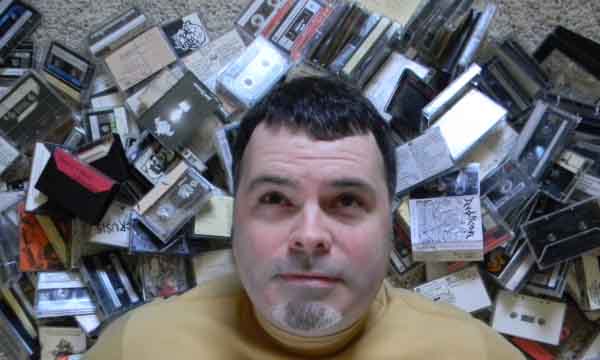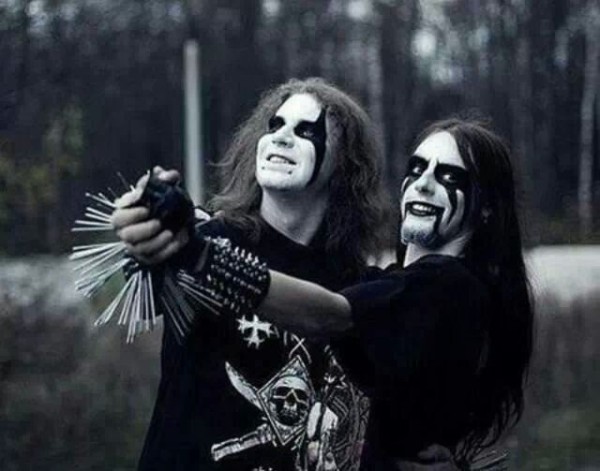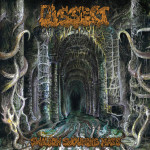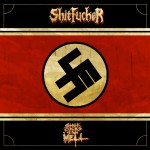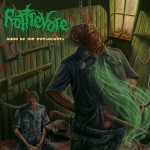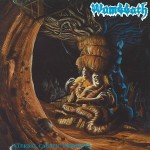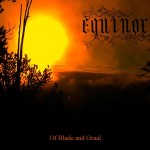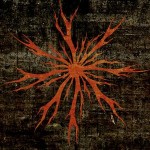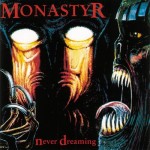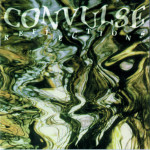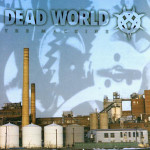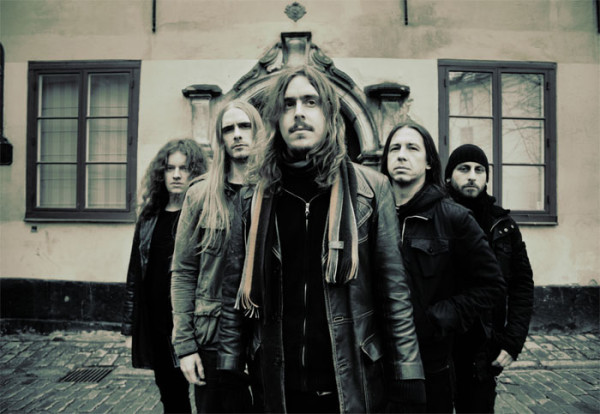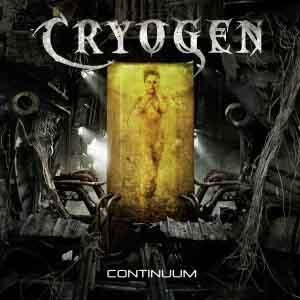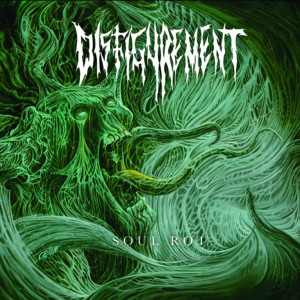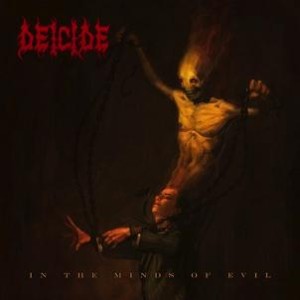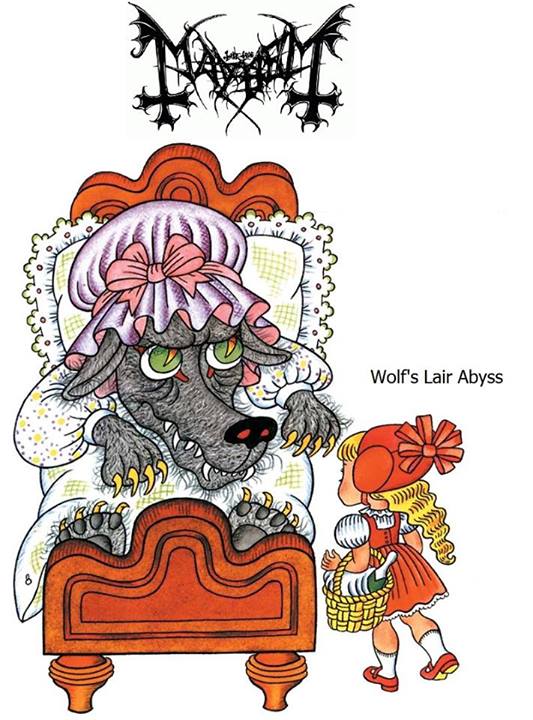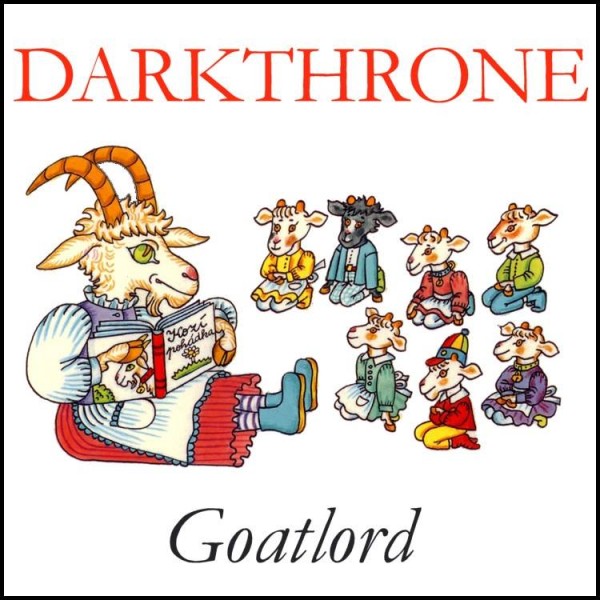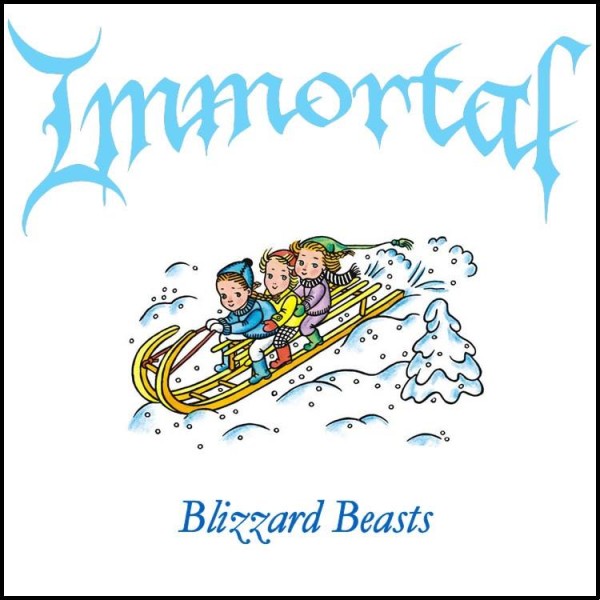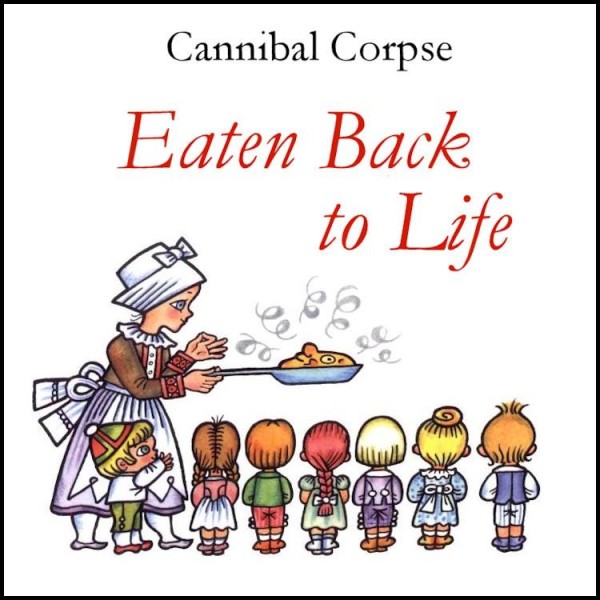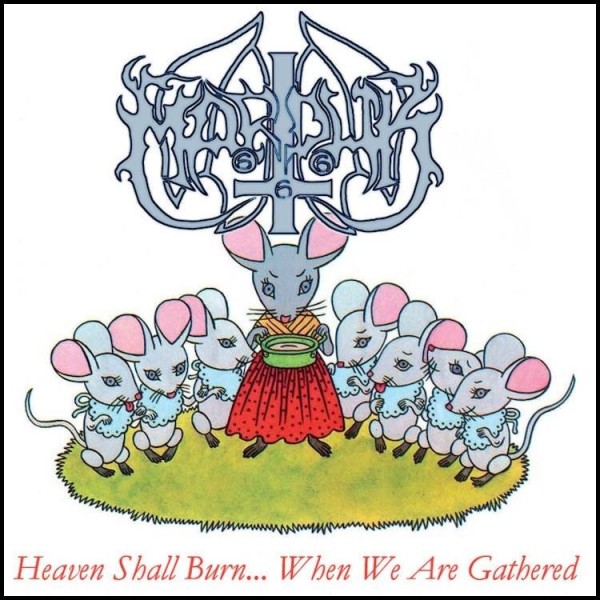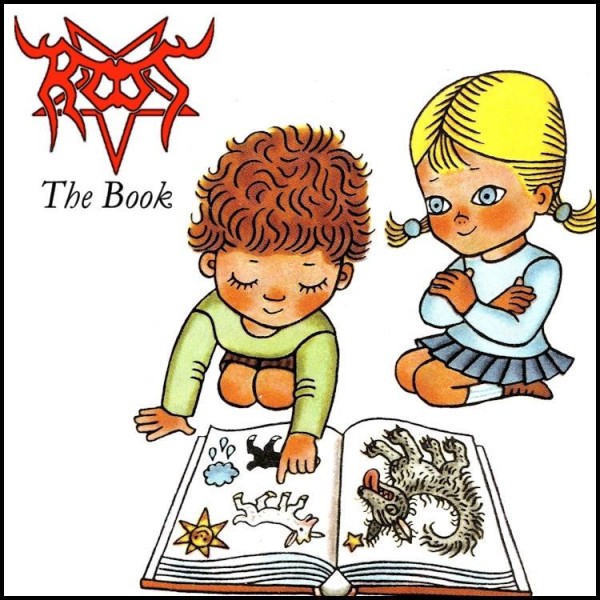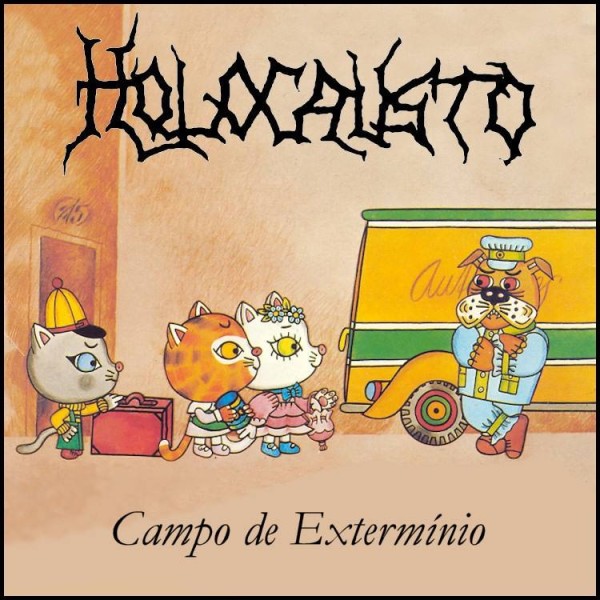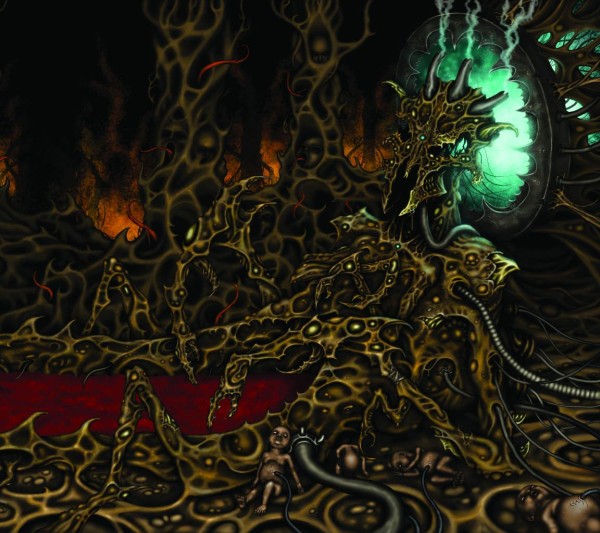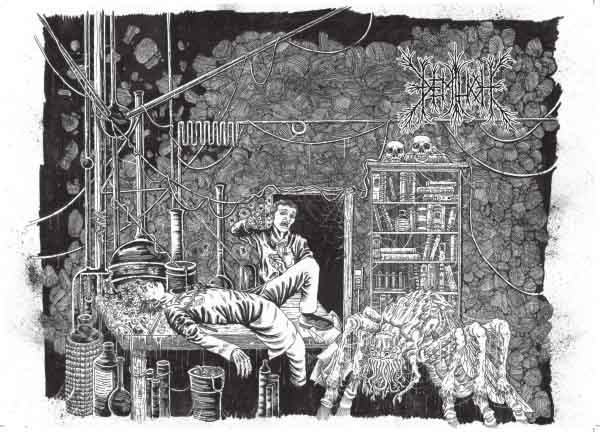Demolition – The Encyclopedia of 1980s Metal Demos will present an encyclopedic listing of the metal demos of the 1980s in handy book form as written by author Robert Plante. It will also review them. Most importantly, however, this is the first attempt to systematically chronicle the birth of not just a genre, but the underground itself through demos.
This is part of of a literary explosion on heavy metal topics and specifically, underground metal. Glorious Times explained the underground as a community and culture, and renewed interest in the opening frontier and cold northern breeze of discovery that this time period provided. Underground Never Dies! looks at the underground through zines and how they fostered the community, while Extreme Metal: 30 Years of Darkness (1981-2011) presents a narrative of the time through analysis. Then of course there’s the 1996-era The Heavy Metal FAQ, which explains the birth of the various genres of metal much as Ian Christe’s Sounds of the Beast did later in print.
Where other books tend to either stitch together a story of the past, or let one emerge from the words of the participants, Demolition – The Encyclopedia of 1980s Metal Demos aims to list the demos of the time and show through each one how the scene as a whole functioned. Through partnership and friendship between Plante and Bazillion Points label head Ian Christe, it is likely that Demolition – The Encyclopedia of 1980s Metal Demos will be on that publishing label.
We were fortunate to grab a few words with author Robert Plante.
What made you decide to write a book, and then a book about metal, and finally a metal book about 1980s metal demos?
The flash of inspiration came from the back pages of the Swedish Death Metal book, where all the bands and zines are listed. The idea of a huge book documenting every known 1980s metal demo suddenly rushed into my head. I know I’d buy that book in a second, but who would write it? I was there in the 1980s underground metal community, and I felt it was important that someone who could provide the context of a direct participant write this book. There are websites that document the ’80s tape trading scene, but they’re either small in scope or sparse of information. I’m aiming for DemoLition to be exhaustive in the amount of bands covered and the depth and quality of that coverage.
How did you compile an exhaustive and complete list of all the 1980s demos? How huge of a task was this?
It’s a combination of internet sources and my huge archive of metal zines. I was a fiendish collector of fanzines of all types for years, but purged most of them by the 2000s. Luckily I kept all my metal zines, and I’m always finding more to fill in holes in the collection. They’re my primary source, along the band members themselves. It took me about two years of daily work just to finish the outline (the listing of bands to cover), and really that will never be finished, as I’m finding out about new bands all the time. At some point we’ll just have to set a deadline where we stop adding them, likely around the layout phase.
Were you a participant in the metal scene back then? What got you into metal?
I followed the typical progression of classic rock, then heavy metal like Maiden and Priest, then underground/thrash metal, then the earliest extreme metal bands. I was an artistic kid, and like many metalheads was an outsider in a lot of ways, and metal is the music of the outsider (or one of them, at least). It’s one of the reasons I love black metal so much, is that it keeps the flame of the outsider spirit burning, it’s averse to the “group think” sociology that even metal can fall victim to. But yeah, I was a big tape trader, and contributed logos and illustrations to many zines back then.
What was the role of a demo for a 1980s band? Was there any analogue in mainstream music?
Well, in the mainstream music business a demo (short for demonstration tape) was used by up and coming bands to try and land record contracts, or given to club bookers to get gigs, or shopped around by individual musicians to audition for bands. The underground metal scene developed in the late 1970s and early ’80s, inspired by classic demos like Iron Maiden’s “The Soundhouse Tapes” or Metallica’s “No Life Til Leather,” and taking a cue from the DIY ethos of the punk scene, and bands began using demos sent to zines and traded around the world as a way to get their names around. You could be a trio of poor schmucks from the middle of Forkdick, North Dakota with no metal club within 200 miles, but if you made a good tape word would get around and you could actually have a chance at a record deal. Never mind knowing in hindsight that only a tiny fraction of bands ever made enough to make a living at it, but the possibility and the dream were there.
What’s the book like? Is it a huge index, or do you write some history or narrative as well?
I look at it as an encyclopedia. Each band will have their own entry, with all 1980s tapes listed (and reviewed where possible), along with historical information and critical biographies. The entries will range from bare-bones for the most obscure bands to longer pieces for the important ones. Depending on how much room we have, there are some cool ideas for appendices and sidebars also. It will be nicely designed and heavily illustrated.
When does Demolition – The Encyclopedia of 1980s Metal Demos come out, and when/where will we the fans be able to get it?
I’m still deep into writing and researching it, so it’s going to be at least a couple more years; we have no publication date yet. You’ll be able to grab it wherever finer publishers like Bazillion Points are sold. The best way to get news of the book is to watch the Facebook page, which is updated daily.
If relevant, can you tell us your background as a writer, and what you’ve done outside of the underground that helped you write this book?
I’ve written a little bit of music and film criticism here and there, but nothing out of the underground scene (I’m a graphic designer by trade). This is by far the largest writing project I’ve ever taken on. I did want to bring a more sophisticated and adult quality of writing to the project, while still maintaining the enthusiasm of a fan (we’ll see if I succeed). I think the music merits it, it was (and is) an amazing subculture that deserves a serious attempt at documentation.
1 CommentTags: bazillion points, Demolition - The Encyclopedia of 1980s Metal Demos, robert plante
